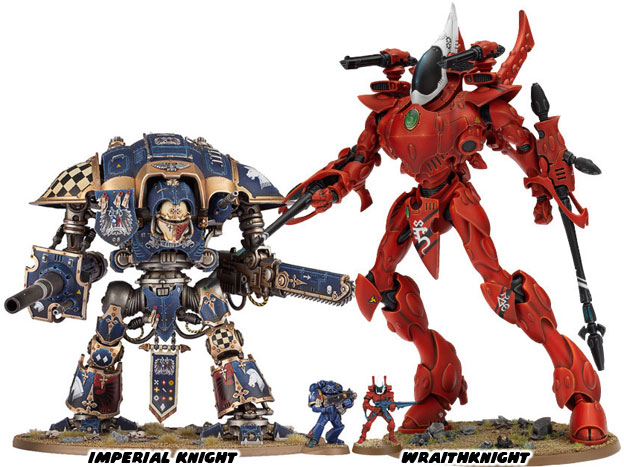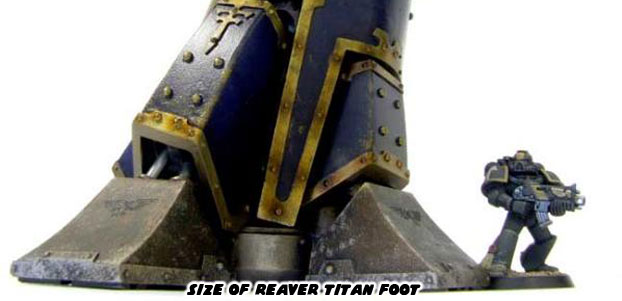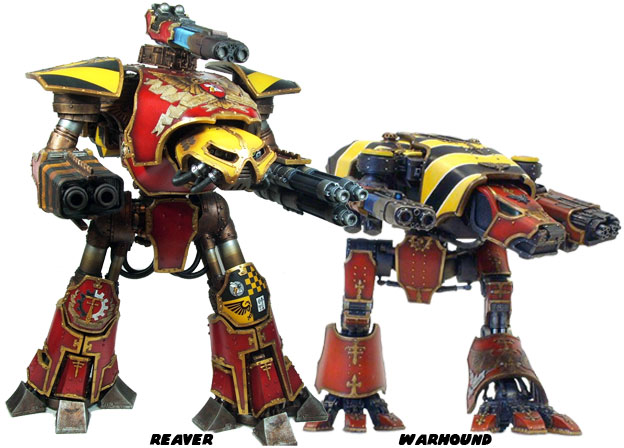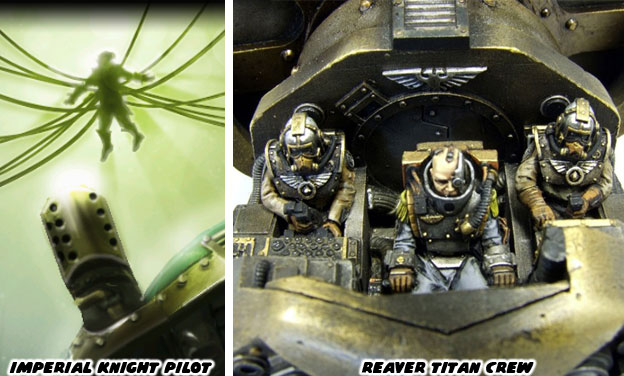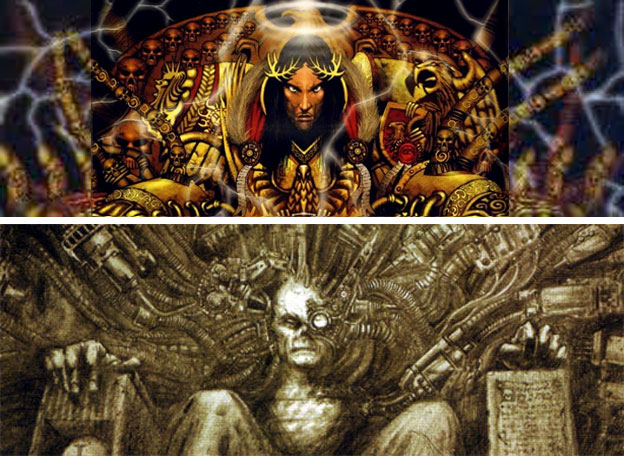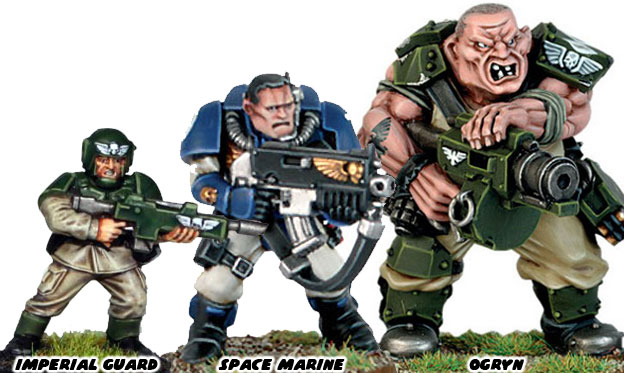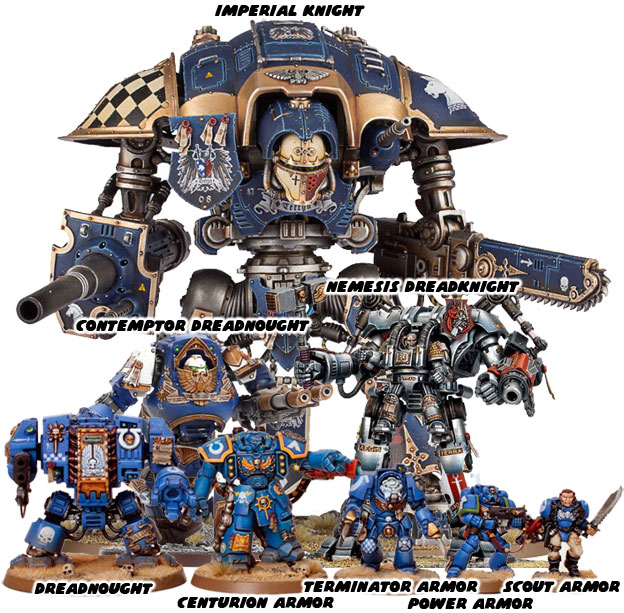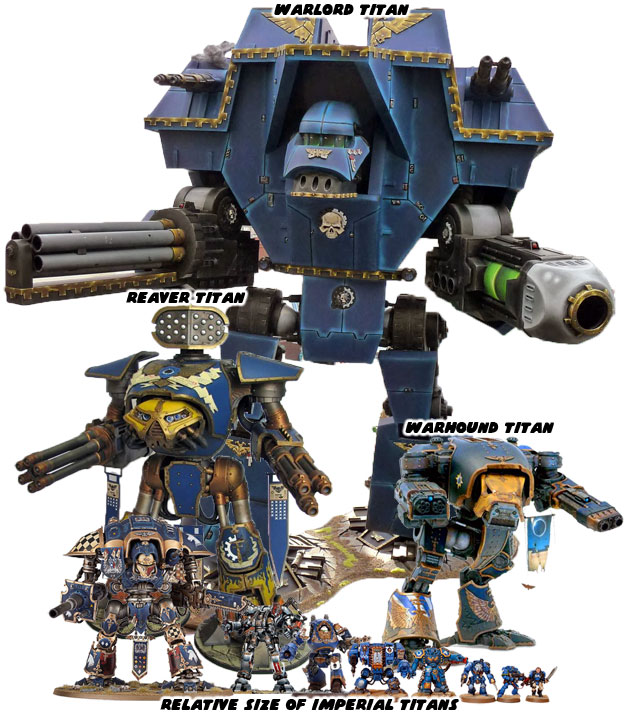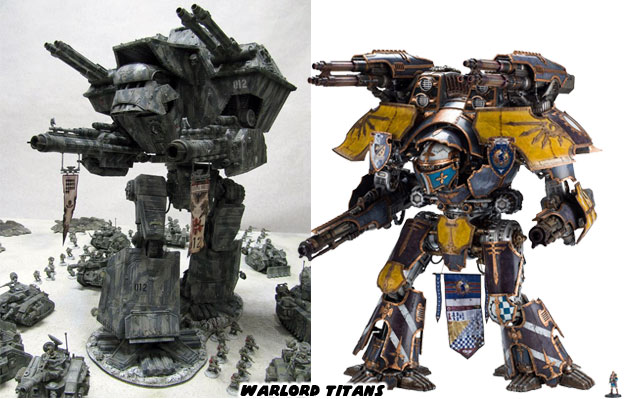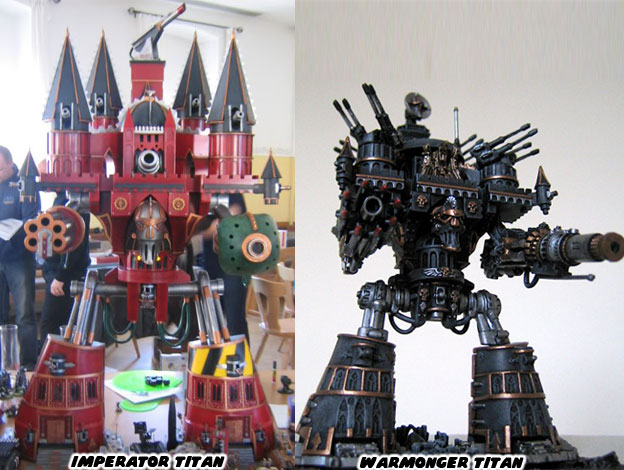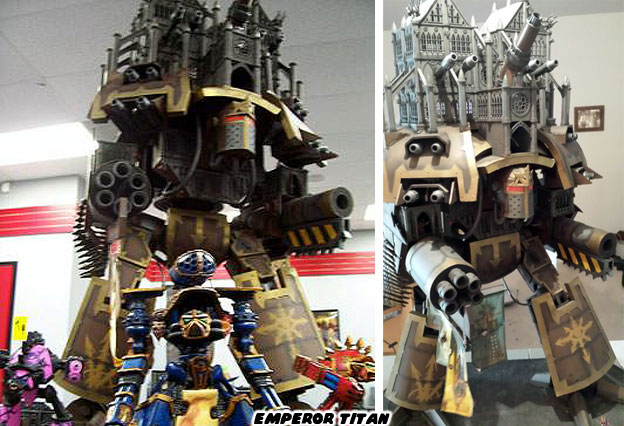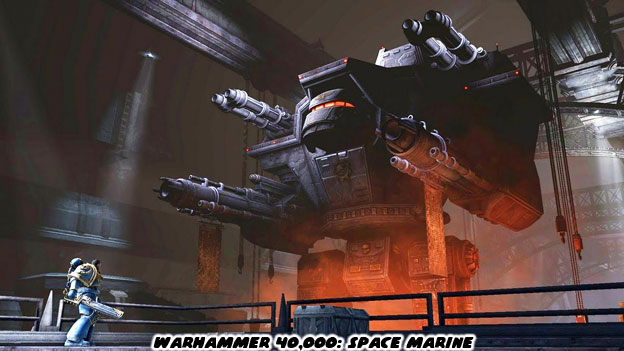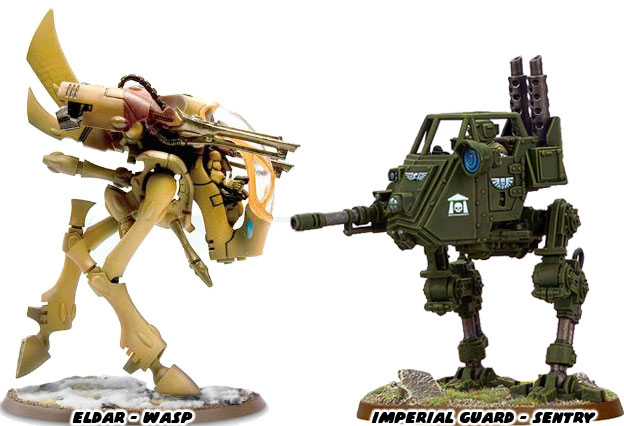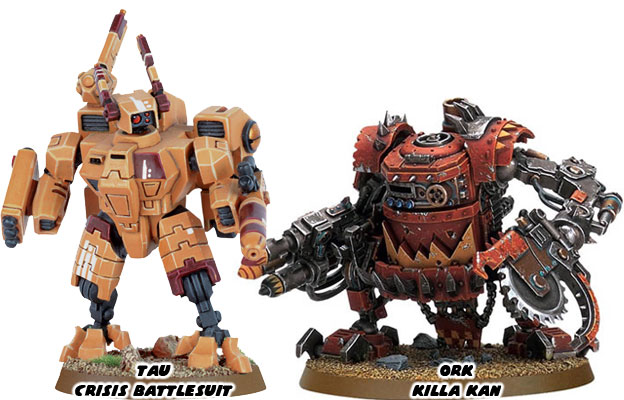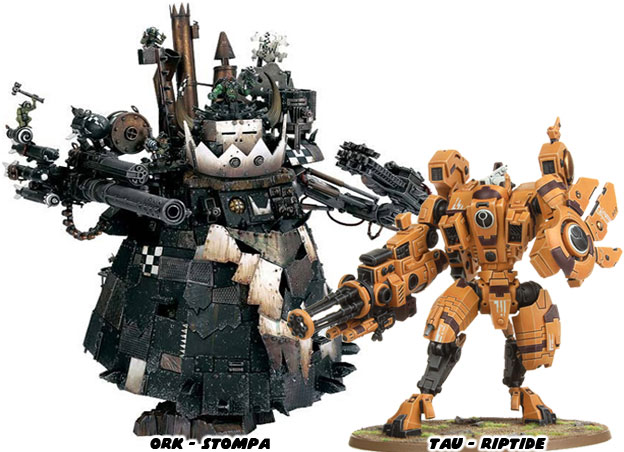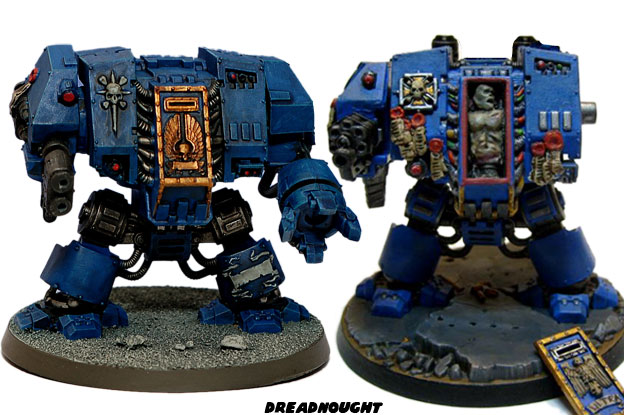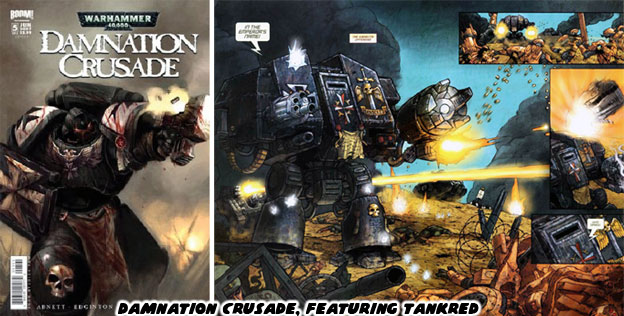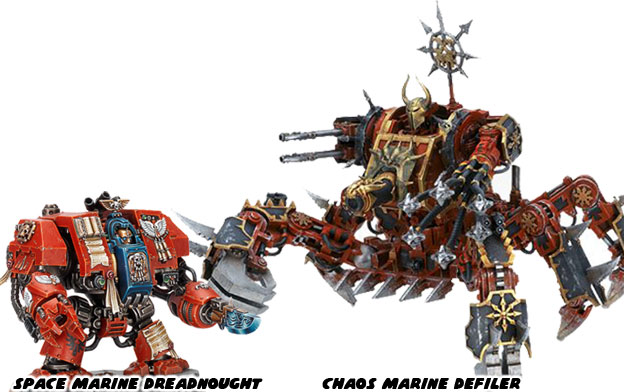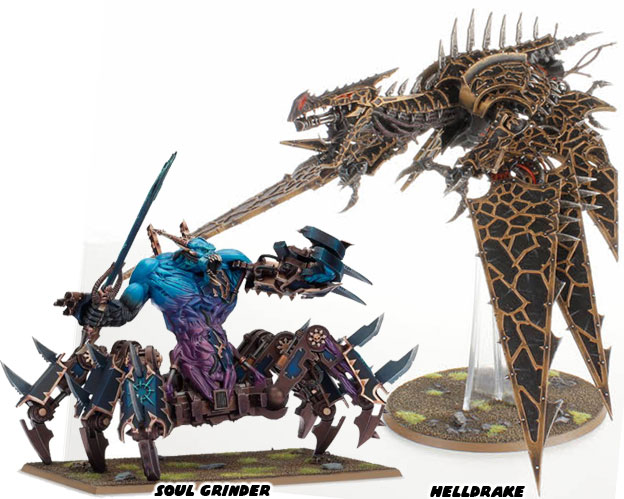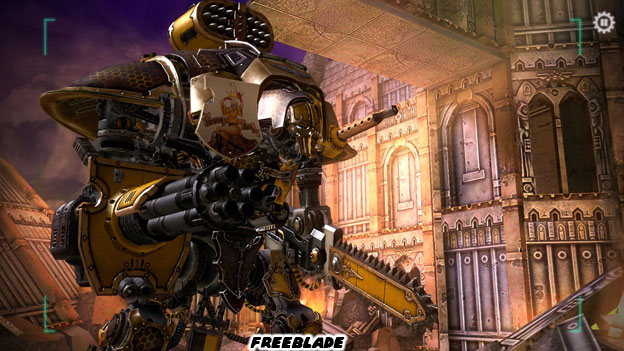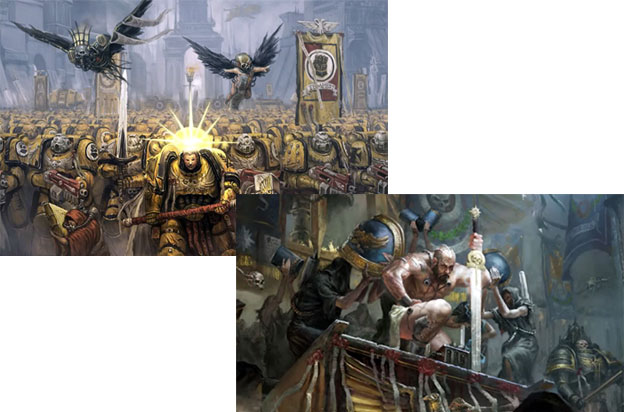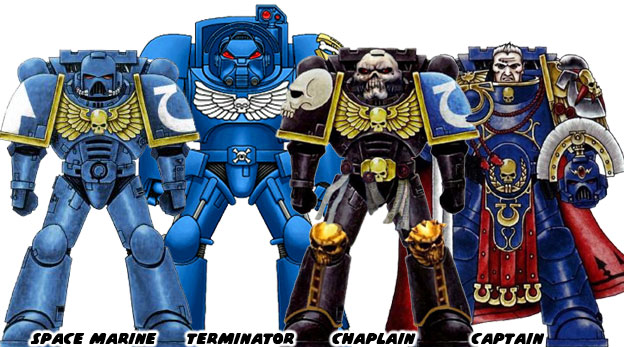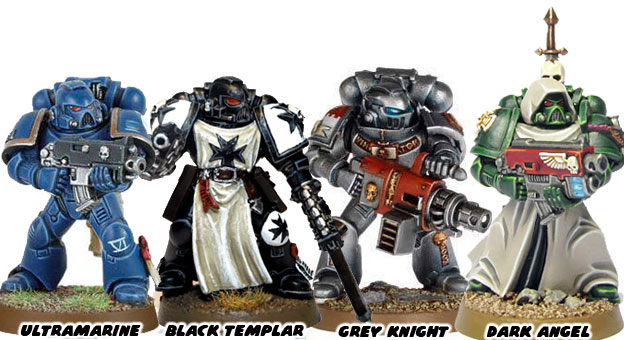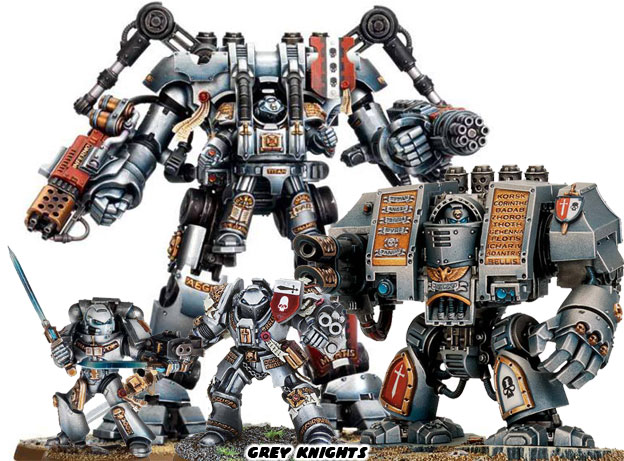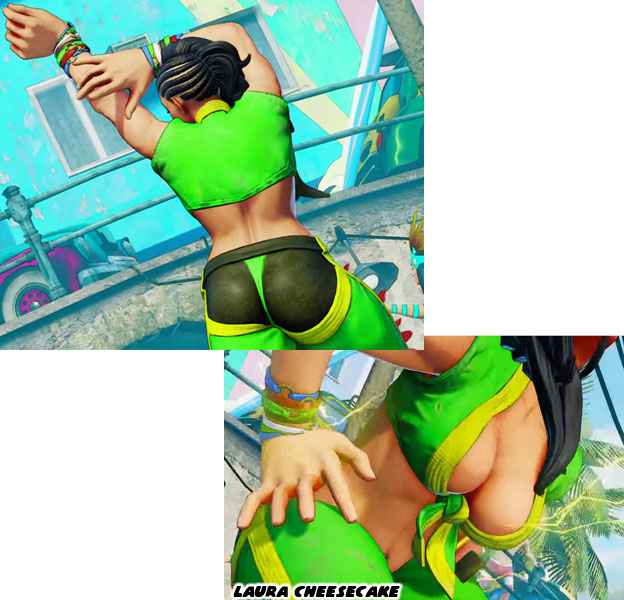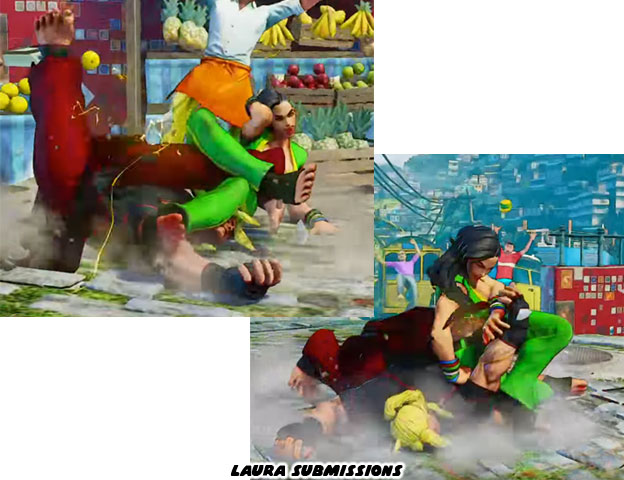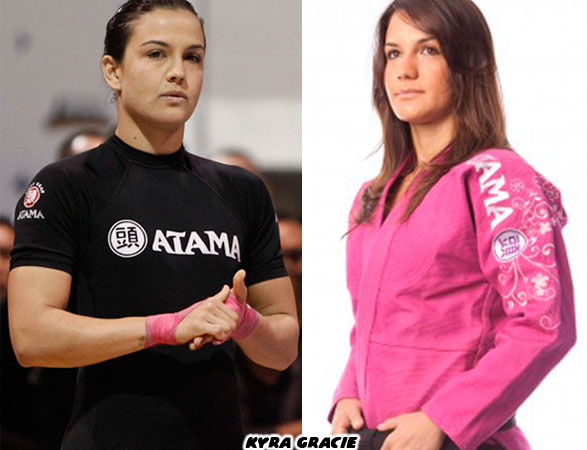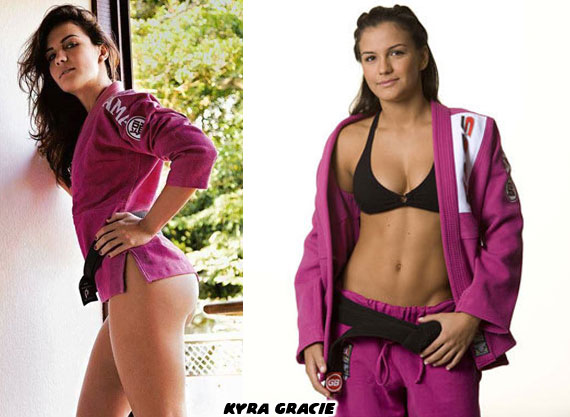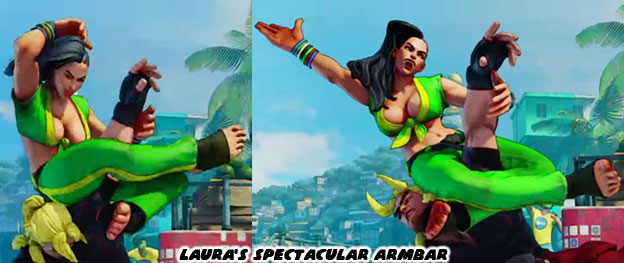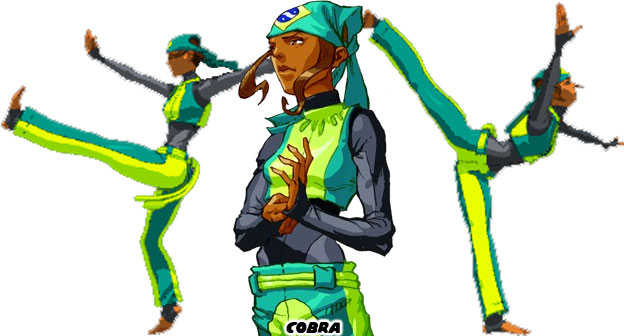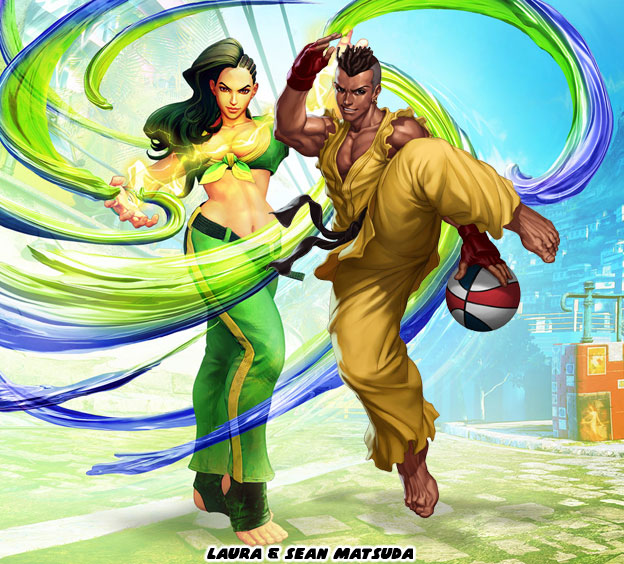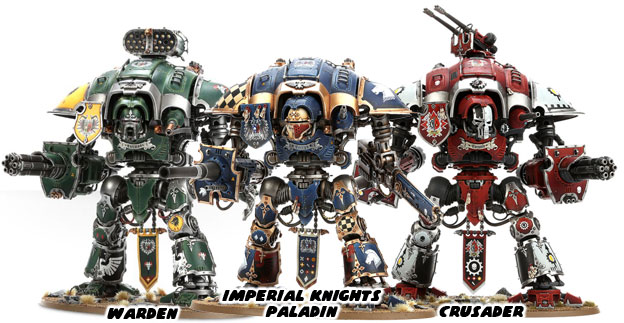
People that don't follow the 40K universe may not be aware that man and machine had been fused together before the Empire and before the Imperial Knights. The engineers and builders of all the great war machines used to conquer space had a base of operations on Mars. This was the home world for the machine cult, the Adeptus Mechanicus. Throughout space there are entire planets dedicated to creating the tanks, robots and space ships used by the Imperium, these are called Forge Worlds. They are highly valued resources in the war against Xenos (aliens) and Chaos. Games Workshop, or rather Citadel has a sister company that builds high-end models for use in Warhammer and Warhammer 40,000. This company is called Forge World. But I digress. The Adeptus Mechanicus believe in the Machine God. All machines have a spirit and the greatest machines, the battleships, star ship and enormous Titans have very temperamental spirits. The Adeptus Mechanicus have litanies, incantations and prayers dedicated to the God of the Machines. When they power up something as massive as a Titan they have a ritual that they go through. The belief in the Machine God has become part of Imperial life, even Space Marines are known to say a prayer to the machine god so that their weapons do not jam in combat.
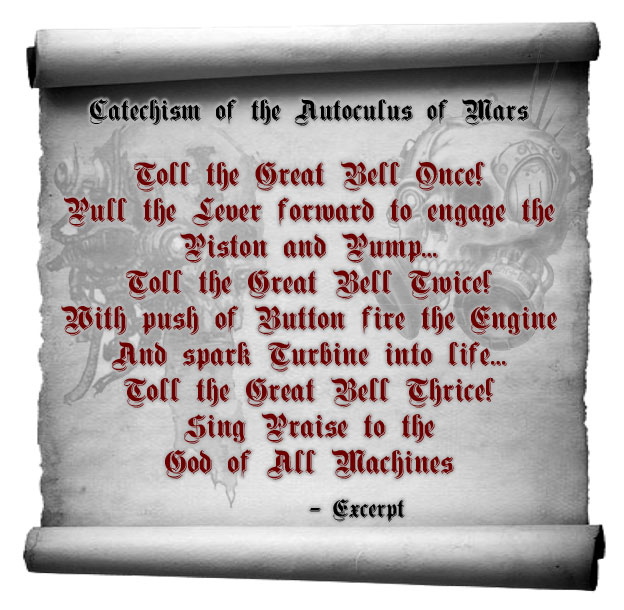
The Emperor of Terra is a very Christ-like figure. He sits upon the Golden Throne and led his Primarchs, which were like his Apostles, thousands of years ago. In canon this relationship can be likened to Catholicism. The hierarchy, organization, symbolism and belief in an omnipotent divine being was done on purpose. Space Marines are very much like friars or war priests, while the female warriors, the Adeptus Sororitas, are like nuns. The champions are canonized in death, even regular people can become martyrs for the Empire if they die valiantly and defy the forces of Chaos and the alien. The Empire is symbolized by a two headed eagle, it looks to both the past and future. This symbol appears on the armor, heraldry and vehicles of the Empire. It even appears on the bullets, or rather explosive bolts in the Space Marine bolt gun. As you can imagine with the rise of the Emperor in the year 30,000 there was a sort of chasm that widened between those that followed rule Terra and those that followed rule from Mars. If the Empire were Catholics then the Adeptus Mechanicus were Freemasons, there was nothing that said they were not allowed to practice the beliefs that they wanted. Both groups needed the other in order to help reunite mankind. The Emperor and his organizers knew that they depended on Mars and the various forge worlds that were needed to build the armor and weapons that would be used in the crusades. They came to an agreement and the rulers on Mars were allowed a high level of anonymity in return for their engineers and technology.
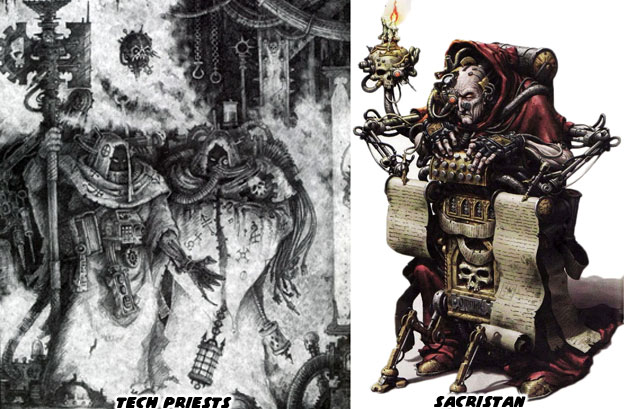
The Cult Mechanicus dated its lineage back, before the Emperor, before the Royal Houses, back before Mars was colonized and back to the great engineers of Terra (Earth). Its rituals were closely guarded as were its organizations. It was not unlike the Freemasons claiming their heritage went back to the architects that built ancient Egypt. Their symbols and traditions followed a Great Architect, perhaps it was the ones the Christians called God. The Catholic Church were by extension a slightly newer religion but one that had close ties to the same foundations of Freemasonry. This was paralleled in 40K. The Cult Mechanicus kept the gears turning for the Empire just as the Masons claim that they built all the great temples of the ancient world and secretly kept the Pharaohs in power. The neat thing about the Mechanicus and Empire was how they were presented in the art of 40K. The servants carried enormous tomes, like bibles with them, some of the text was written by hand, some by machine, in several cases the scriptures were written in digital code. They also carried torches and thuribles, incense burners at the end of long chains used in Catholic ceremonies to bless altars and holy relics. It was great science fiction imagery based on gothic ceremony, that wasn't seen anywhere else in books, movies or television.
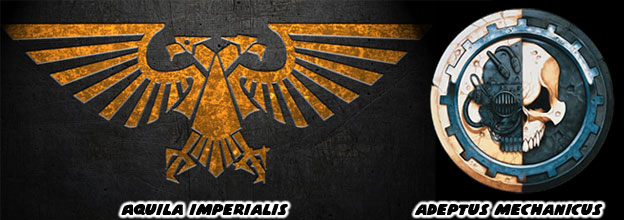
The symbol of the Adeptus Mechanicus was a servo skull, half human and half robotic surrounded by a gear. On the larger war machines you may find more heraldry for the Adeptus Mechanicus than the Empire. The practitioners of the Cult Mechanicus, the ones charged with the most important ceremonies of repair and restoration were known as Tech Priests. These characters were mostly machine and carried with them a symbol of the machine god. Instead of carrying a staff with a cross they instead carried a staff with a gear, or wrench and blade. It was both a symbol of the machine god as well as an actual functional tool. The Adeptus Mechanicus have a strong belief that flesh is corruptible and will eventually fail with age, thus as they get older more and more of their human organs are replaced with mechanical parts. Eventually the senior and most experienced engineers are mostly all machine with a number of technical enhancements to their brains and nervous systems. With all of these cybernetic enhancements the Adeptus Mechanicus can actually communicate directly with the machine. They can change code as easily as speaking a native language directly to a machine. They can even send encrypted wireless messages to each other using their mind, which would seem like some sort of telepathy to novices.
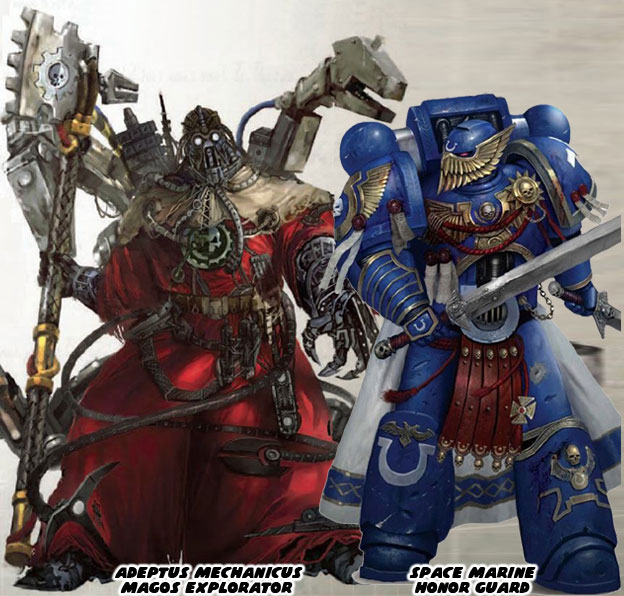
The Mechanicus have gone to war in defense of Terra, Mars and the Forge World for thousands of years. Often times they do so alongside of a Space Marine or Imperial Army. The weapons they use are more esoteric and experimental than those wielded by the human armies. The Mechanicus are not worried about trying untested weaponry in a firefight. Since they are more machine than man the worries of radiation and malfunctions that would kill a normal person are considered acceptable variables. You can easily spot the differences between the followers of the Emperor and those of the Machine God. Space Marines wear power armor in battle whereas the Mechanicus usually wear robes, even in combat. The Space Marine is given biological enhancements with drugs, implants and gene therapy. The Mechanicus is enhanced with machine parts. Both are extremely strong and capable fighters. While the Space Marines are fighting to keep humanity safe, they sometimes do so to honor their own chapter as well. The Empire has zero tolerance for alien and demon alike. The Mechanicus are more concerned with finding and recovering unknown technology. Whether it is demon or alien in origin the Mechanicus have a lot that they can learn from everything. Each new thing brings them one step closer to knowing the Machine God. The Empire would normally destroy or lock away anything recovered from a battle. They would definitely keep these things hidden from the Mechanicus.
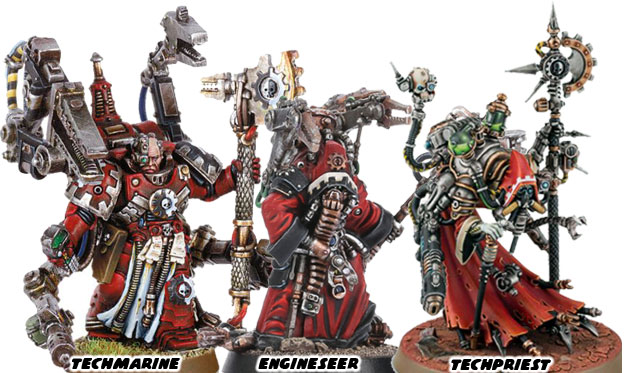
Thanks to their arrangement however it is difficult to keep the Empire and Mechanicus apart when alien technology is found. The Mechanicus are on the front lines, they have trained battle-hardened Space Marines into becoming engineers. These Space Marines are able to perform complex repairs on the front line, their power armor enhanced with extra servitor arms and tools. The more complex equipment is usually attended to by Engineseers. The sculptors at Citadel were able to capture the intricate details of the Mechanicus from the art of the game. The senior Techpriests no longer looked human when compared to the other models used by the Empire. It was great visual storytelling and again, an aesthetic that was not really used in any other science fiction world. The Adeptus Mechanicus really came to the forefront of Warhammer 40K in the late '80s thanks to the introduction of the Titans. Their story and influence in 40K canon would grow over the next 30 years. They had a few models released here and there through the '90s and early '00s and never fell out of favor with hobbyists. They were finally granted their own official units, rules and organizational guide for use in 40K these past two years. Yet this chapter in the history of Games Workshop would never have been written had it not been for a rival game studio. We'll look at this on the next blog. As always if you enjoyed this blog and would like to sponsor me please visit my Patreon page and consider donating each month, even as little as $1 would help make better blogs and even podcasts!

